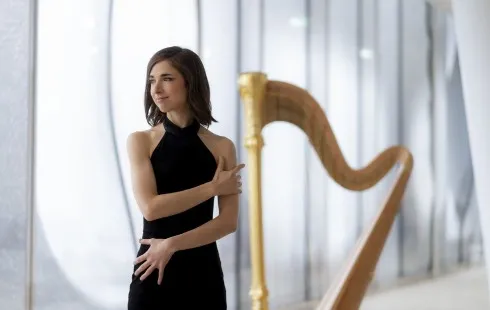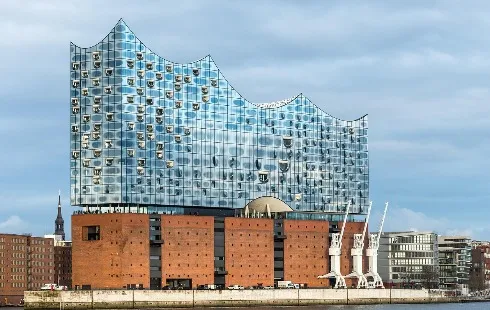
Trump's Tariff War: China Urges Immediate Repeal of Tariffs Amid Countermeasures
Section: News
Being neat and tidy has always been associated with order, tradition and general good sense. But being a slob may have a worse reputation than it deserves, according to a new study suggestig that a disorderly environment can spark creativity.
The study, led by University of Minnesota management professor Dr. Kathleen Vohs and published in Psychological Science on August 1st, found that an orderly environment encourages such "orderly" behavior as healthful eating, charitable giving, and a sense of tradition, while a disorderly environment can trigger creative behavior. In addition, researchers found that manipulating the environment (between orderly and disorderly) can trigger the different behaviors.
The idea of physical orderliness and behavior comes from what sociologists call the "Broken Windows Theory," which states that miniscule hints of disorder (like, say, a cracked window), can result in childhood delinquency and criminal behavior. Hence, disorder's bad rap. Dr. Vohs' work, however, shows that "order and disorder are common states of the environment that activate different mindsets, which in turn might benefit different outcomes," they wrote. In other words, one person's mess is another person's next great big idea.
In their study, researchers performed three experiments. The first found that Dutch students in a room with no clutter tended to donate more money to charity, and chose a healthy apple over an unhealthy chocolate bar as a snack. Students in a cluttered room did quite the opposite. In the second experiment, American students were asked to create new uses for a Ping-Pong (table tennis) ball. The students in the disorderly room were much more creative in their suggestions for new uses of the balls, indicating that breaking away from tradition (a sign of creativity), was spurred by a cluttered, disorderly environment.
Finally, American adults, seated either in a cluttered or clean room, were asked to choose a restaurant menu item that was either labeled "new" or "classic." Participants in the tidy rooms were more likely to choose an option marked "classic," while those in the cluttered room instead chose the "new" item (even though the menu referred to the same item--but the participants didn't know that).
So, which is better, order or chaos? As the researchers point out, "both sides have a point." Healthy choices and social conventions (including altruism) are boosted by an orderly environment, but creative solutions so necessary in fields like science, engineering, the arts and even some political arenas, are not. The research also suggests that in many cases, you can have both, so perhaps you should try a bit of both worlds.

Section: News

Section: News

Section: Politics

Section: News

Section: News

Section: Politics

Section: Arts

Section: News

Section: News

Section: Business

Health Insurance in Germany is compulsory and sometimes complicated, not to mention expensive. As an expat, you are required to navigate this landscape within weeks of arriving, so check our FAQ on PKV. For our guide on resources and access to agents who can give you a competitive quote, try our PKV Cost comparison tool.

Germany is famous for its medical expertise and extensive number of hospitals and clinics. See this comprehensive directory of hospitals and clinics across the country, complete with links to their websites, addresses, contact info, and specializations/services.

Organizer: Irrtümer und Änderungen vorbehalten. Our accessibility service is available to assist individuals with disabilities during ticket purchases. For support related to wheelchair users, those with hearing or visual impairments, and others with special needs, please contact our accessibility...
No comments yet. Be the first to comment!